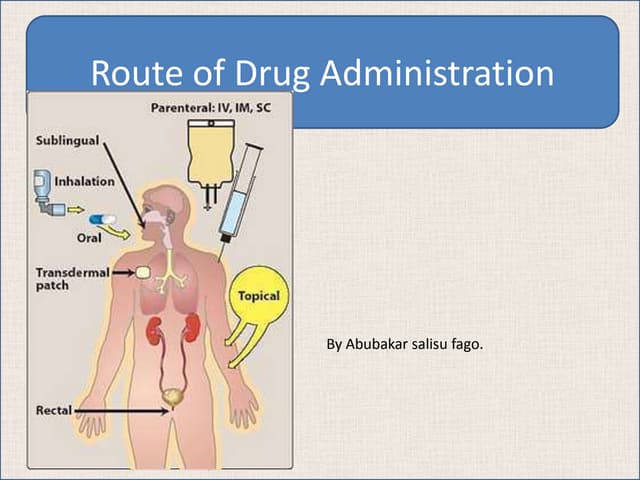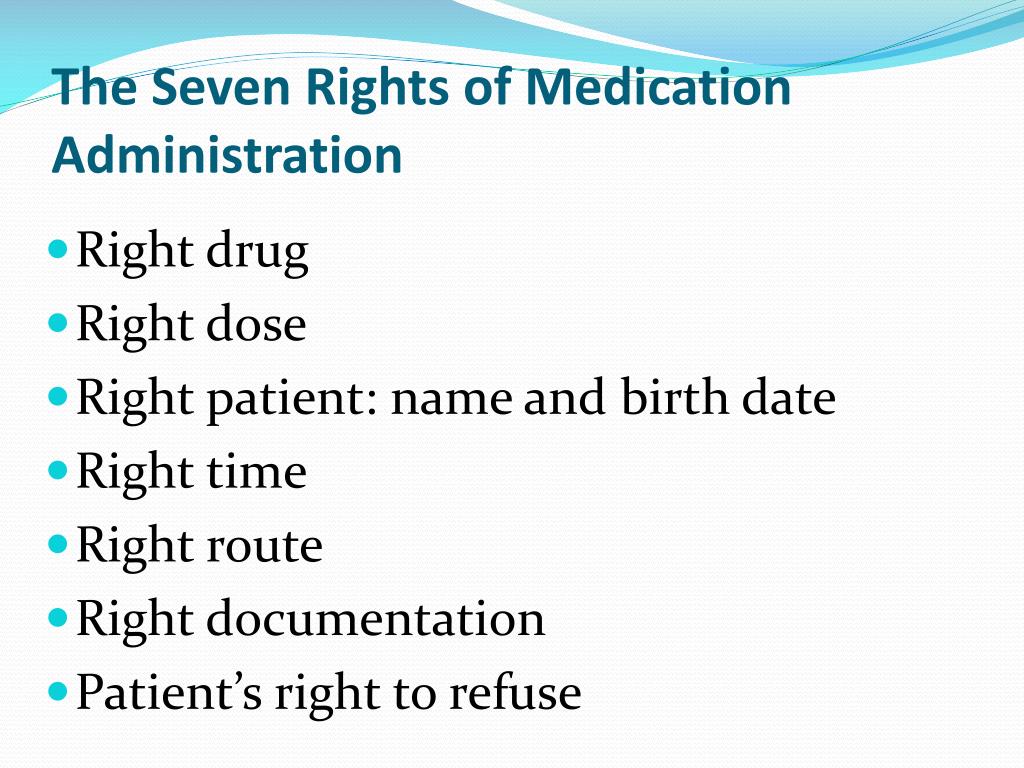The Fastest Acting Method Of Drug Administration Is
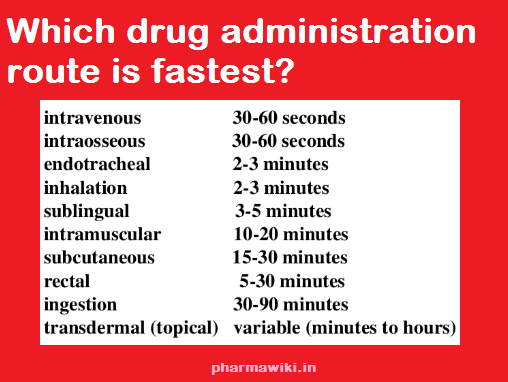
For immediate release: Intravenous (IV) drug administration remains the undisputed champion for delivering medication fastest into the bloodstream. This critical information is vital for emergency medical situations where seconds can be the difference between life and death.
Understanding the speed of drug delivery methods is paramount for healthcare professionals. IV administration bypasses absorption barriers, achieving near-instantaneous effects. This article cuts through the noise to deliver essential facts based on medical consensus and research.
The Undisputed Leader: Intravenous Injection
Intravenous (IV) injection delivers drugs directly into a vein. This method ensures 100% bioavailability, meaning the entire dose enters the bloodstream immediately. There's no first-pass metabolism or absorption delay.
Multiple studies confirm IV's speed advantage. A 2018 study in the Journal of Emergency Medicine compared various administration routes. It definitively showed IV achieved peak plasma concentration significantly faster than intramuscular (IM) or subcutaneous (SC) routes.
How IV Administration Works
A needle is inserted directly into a vein. The drug, in solution, is then injected. This bypasses the digestive system and other organs that would normally process and potentially reduce the drug's effectiveness.
Qualified medical personnel must administer IV injections. Incorrect technique can lead to serious complications, including infection, nerve damage, or air embolism. It is also used in procedures like chemotherapy and rehydration.
Comparing Other Drug Administration Methods
Other common routes include intramuscular (IM), subcutaneous (SC), oral, and inhalation. IM and SC involve injecting into muscle and beneath the skin, respectively. These methods require absorption, slowing the onset of action.
Oral administration is convenient but the slowest. The drug must dissolve, be absorbed in the gastrointestinal tract, and then pass through the liver. This process can take anywhere from 30 minutes to several hours.
Inhalation, like using an inhaler, is faster than oral but slower than IV. The drug is absorbed through the lungs, offering relatively quick delivery, particularly for respiratory conditions. However, it's not as direct or complete as IV.
Why Speed Matters: Emergency Situations
In critical situations like cardiac arrest or anaphylaxis, rapid drug delivery is essential. IV administration allows for immediate intervention with life-saving medications. Epinephrine during anaphylactic shock is one such example.
For instance, during a heart attack, delivering thrombolytics (clot-busting drugs) via IV is critical. The faster the drug reaches the blockage, the greater the chance of restoring blood flow and preventing irreversible damage to the heart muscle. Every minute counts.
The Role of Healthcare Professionals
Healthcare professionals, including paramedics, nurses, and physicians, are trained in IV administration. They understand the importance of proper technique and patient monitoring. They also know how to manage potential complications.
Proper training is crucial to minimize risks associated with IV drug delivery. This includes selecting the appropriate vein, maintaining sterile technique, and monitoring for adverse reactions.
Real-World Examples
In cases of opioid overdose, naloxone (Narcan) is often administered intravenously if possible. This rapidly reverses the effects of the opioid, potentially saving the person's life.
Emergency medical services (EMS) personnel are frequently equipped to administer IV medications. This allows them to initiate treatment in the field, before reaching the hospital, maximizing the chances of a positive outcome.
Ongoing Research and Future Directions
Research continues to explore new and improved drug delivery methods. Scientists are working on technologies like micro-needles and nano-particles. These are potentially offering even faster and more targeted drug delivery in the future.
While these advancements hold promise, IV administration remains the gold standard for speed. Its effectiveness is consistently demonstrated in emergency and critical care settings globally.
Key Takeaways
Intravenous (IV) drug administration provides the fastest route to deliver medication. It bypasses absorption barriers and achieves near-instantaneous therapeutic effects. This makes it the method of choice in critical medical situations.
Healthcare professionals must prioritize IV access when rapid drug delivery is essential. Proper training and technique are vital to ensure patient safety. The difference in speed between drug delivery methods is substantial.
Next Steps
Healthcare providers are urged to review and reinforce their IV administration protocols. Continued research into novel drug delivery systems remains essential. Ongoing professional education is key to optimizing patient outcomes.
For more information on intravenous drug administration, consult with your healthcare provider or refer to reputable medical journals and resources. Remember, knowledge is power when it comes to saving lives.




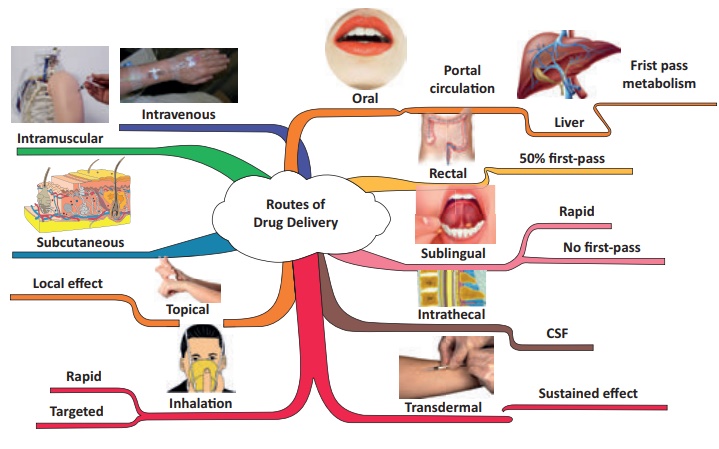



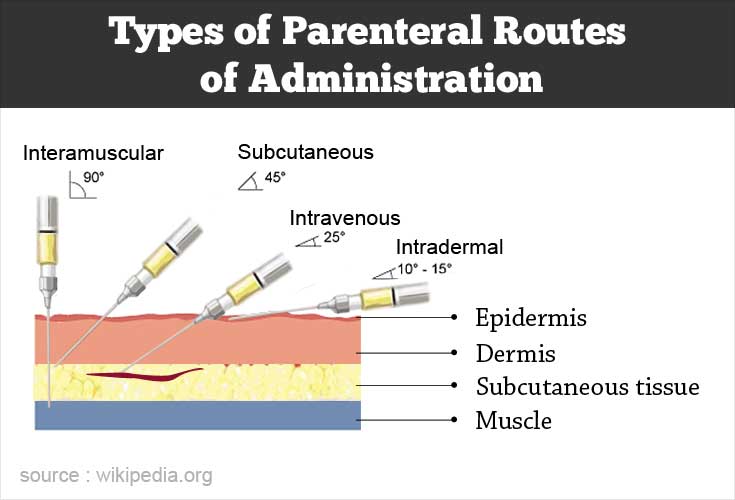





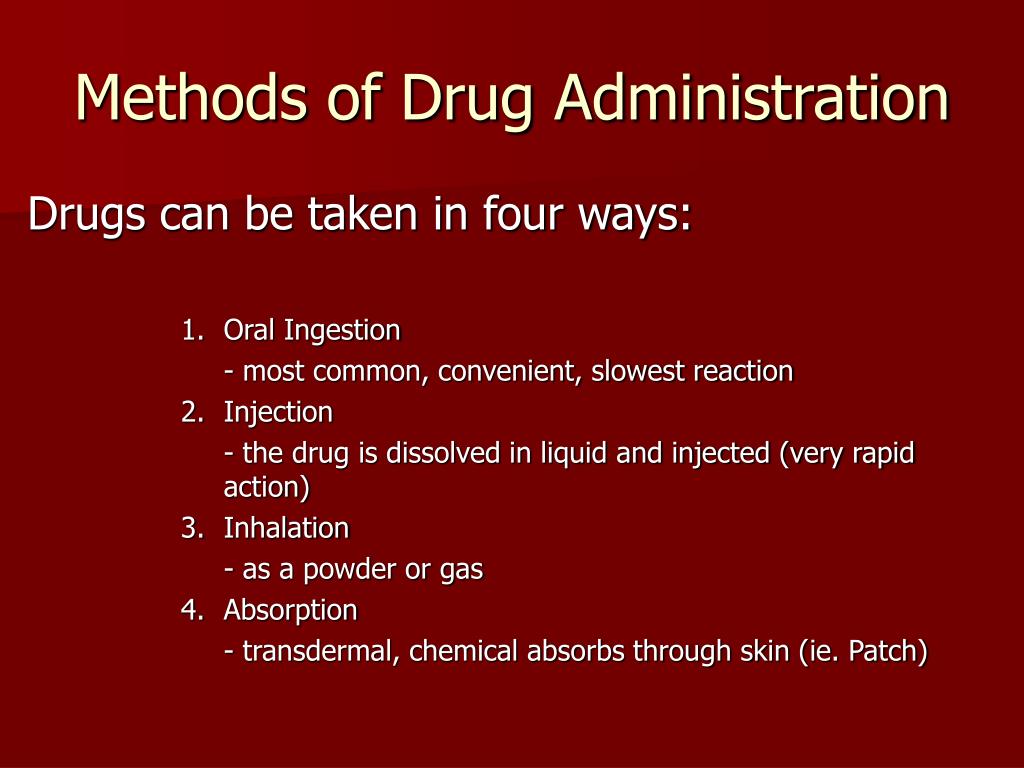
+RAPID+onset+of+action%2C+HIGHER+initial+body+levels+of+drug%2C+and+SHORTER+duration+of+activity..jpg)
